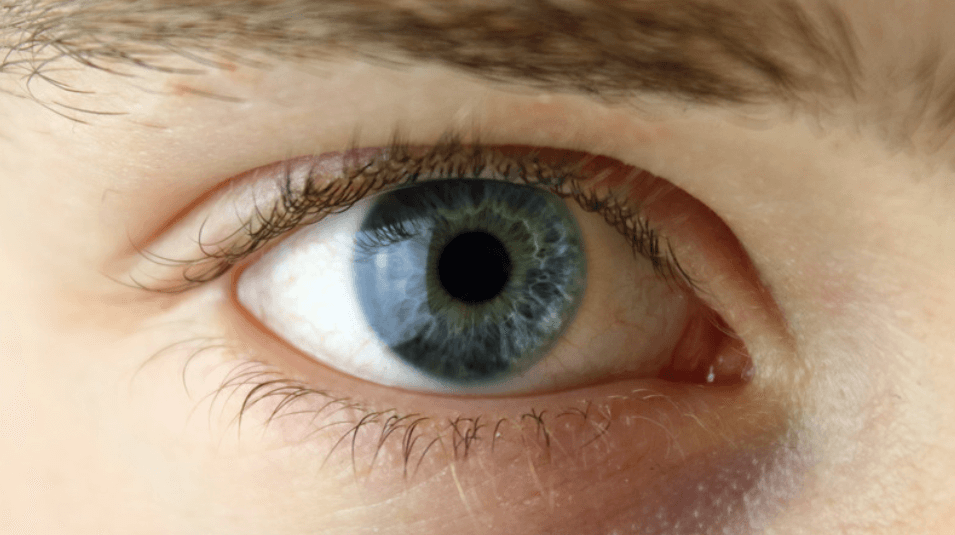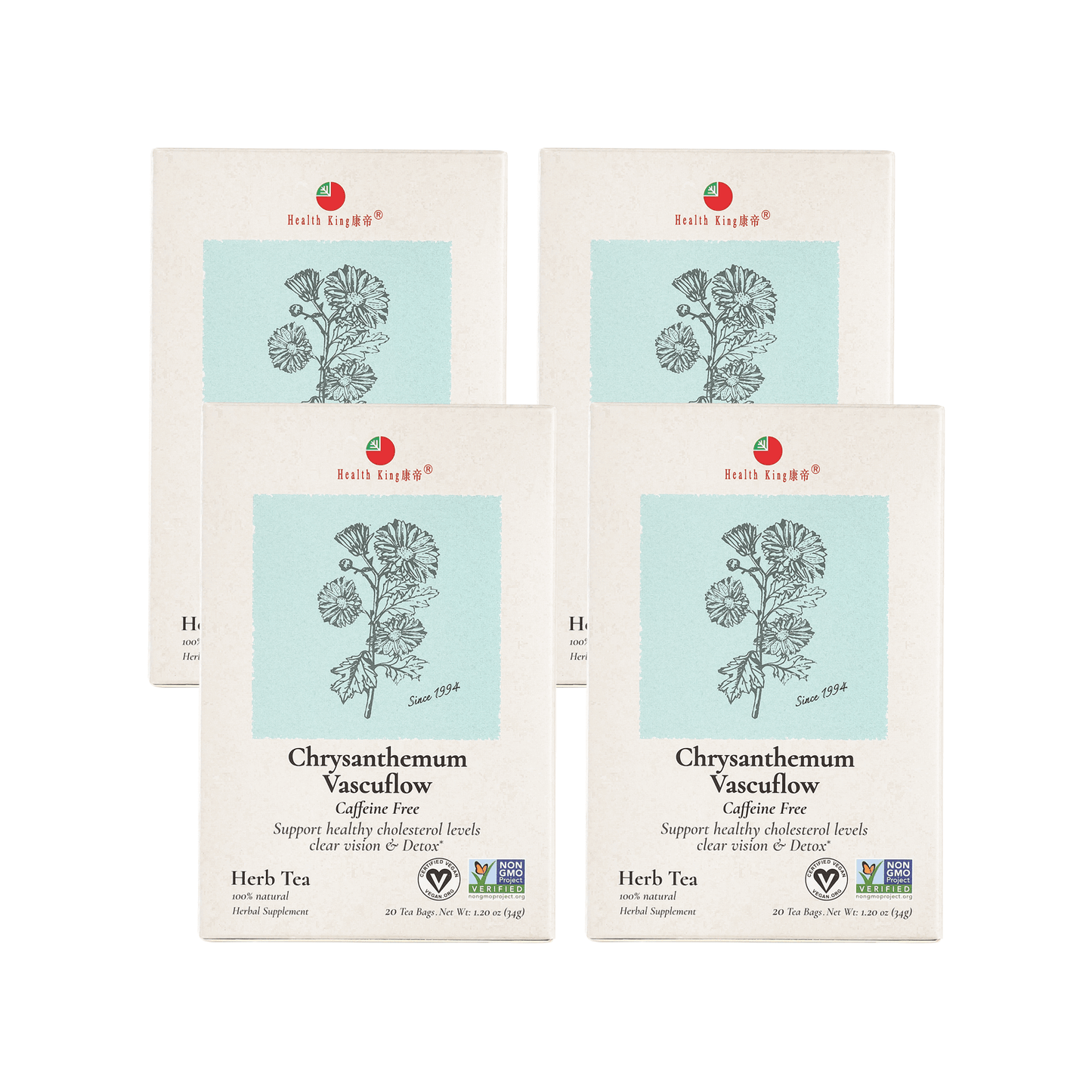
Common Eye Conditions and Treatments
Share
Your vision is a precious gift, and it's essential to take care of your eyes. However, with age and other factors, our eyes can develop various conditions that require proper treatment. From minor irritations to more severe conditions, it's essential to be aware of common eye conditions and their treatments. In this article, we'll discuss some of the most common eye conditions and the treatments available. Being informed about the signs and symptoms of eye issues can help you seek timely medical attention, which is crucial for maintaining good eye health and preventing further complications.
Vision Home Health Care - The Importance of Preventative Measures
Taking preventative measures to protect your vision is essential, especially as you age. Vision home health care is a service that provides in-home eye exams, treatments, and care for individuals who are unable to leave their homes. This service is essential for those who have difficulty traveling to an eye doctor's office, such as seniors or individuals with disabilities. By receiving regular eye exams and treatments, you can prevent and manage potential eye conditions. In addition to the convenience, vision home health care can detect early signs of eye diseases, which can be crucial in preserving your vision.
Eye Exams
The first step in maintaining healthy vision is by getting regular eye exams. During an eye exam, an optometrist will assess your vision and check for any potential eye conditions. They may also perform tests to determine if you need glasses or contacts. It's recommended to get an eye exam every one to two years, depending on your age and risk factors. For those with a family history of eye problems or who have experienced previous eye conditions, more frequent exams may be suggested. Regular eye exams not only help in correcting vision problems but also play a critical role in detecting eye conditions that have no early warning signs.
Eye Drops

Eye drops are a common treatment for various eye conditions, such as dry eyes or allergies. These over-the-counter or prescription drops work by lubricating the eyes, providing relief from irritation and dryness. Some eye drops also contain medication to treat specific conditions. It's essential to consult with your doctor before using any eye drops, as some may not be suitable for your specific condition. Moreover, using the correct type of eye drops can prevent complications and aid in a quicker recovery from eye ailments.
Eye Patches
Eye patches are often used for eye conditions that require rest or protection, such as a scratched cornea or an infection. These patches are placed over the affected eye and are usually worn for a few days to allow the eye to heal. It's essential to follow your doctor's instructions when using eye patches to ensure proper healing. Additionally, eye patches can help in cases of amblyopia, commonly known as lazy eye, by forcing the weaker eye to work harder and potentially regain strength and proper function.
Common Eye Conditions and Treatments
Now, let's take a closer look at some of the most common eye conditions and the treatments available. Understanding these conditions can aid in recognizing symptoms early and seeking appropriate care, which is often crucial in preventing irreversible damage to your vision.
Cataracts
Cataracts are a common age-related eye condition that occurs when the lens in your eye becomes cloudy, causing blurred vision. Treatment for cataracts may include using glasses or contacts, but surgery is often necessary for severe cases. During cataract surgery, the cloudy lens is replaced with an artificial one, improving vision. This surgery is one of the most common and safe procedures, with a high success rate in restoring vision. Early detection of cataracts can lead to simpler treatment options and delay the need for surgery.
Glaucoma
Glaucoma is a condition that occurs when there is damage to the optic nerve, often caused by increased pressure in the eye. If left untreated, glaucoma can lead to permanent vision loss. Treatment for glaucoma may include eye drops, medications, or surgery, depending on the severity of the condition. Regular screenings are vital because glaucoma can progress without noticeable symptoms until significant vision loss occurs.
Age-Related Macular Degeneration (AMD)
AMD is a condition that affects the central vision and is most common in individuals over the age of 50. It occurs when the macula, the part of the eye responsible for sharp, central vision, deteriorates. Treatment for AMD may include injections, laser therapy, or medication. There are two forms of AMD, known as 'dry' and 'wet,' with wet AMD requiring more aggressive treatments such as anti-VEGF injections to slow down the progression of the disease.
Diabetic Retinopathy
Diabetic retinopathy is a condition that affects individuals with diabetes and occurs when the blood vessels in the retina become damaged. It can cause blurred vision, vision loss, or, in severe cases, blindness. Treatment for diabetic retinopathy may include laser therapy, medication, or surgery. Early management of diabetes and maintaining control of blood sugar levels are crucial steps in preventing the onset and progression of diabetic retinopathy.
Dry Eye Syndrome
Dry eye syndrome occurs when the eyes do not produce enough tears or produce low-quality tears, causing dry, irritated, and uncomfortable eyes. Treatment for dry eye syndrome may include eye drops, warm compresses, or medication. In more severe cases, punctal plugs may be used to prevent tear drainage and maintain moisture on the eye's surface.
Conjunctivitis
Conjunctivitis, also known as pink eye, is an infection or inflammation of the conjunctiva, the thin tissue that covers the white part of the eye. It can be caused by a virus, bacteria, or allergies. Treatment for conjunctivitis may include eye drops, medication, or warm compresses. It is important to determine the cause of conjunctivitis to treat it effectively and to take steps to prevent spreading, especially if it's infectious.
Stye
A stye is a small, painful lump that forms on the eyelid, usually caused by a bacterial infection. Treatment for a stye may include warm compresses, antibiotic ointment, or drainage if the stye doesn't heal on its own. It's essential not to squeeze or pop a stye as it can spread the infection. Most styes resolve on their own, but medical intervention may be necessary if they persist or recur frequently.
Ways to Maintain Healthy Vision
Besides receiving regular eye exams and treatments for any conditions, there are other ways to maintain healthy vision.
Eat a Balanced Diet
Eating a balanced diet is essential for overall health, including your eyes. Foods rich in omega-3 fatty acids, lutein, zinc, and vitamins C and E can help prevent age-related eye conditions. A diet high in green leafy vegetables, fish, and non-meat protein sources can contribute to the health of your macula, which is crucial for central vision. Nutritional supplements can also be considered if dietary intake is insufficient.
Protect Your Eyes from the Sun
Exposure to UV rays can increase the risk of cataracts and other eye conditions, so it's essential to wear sunglasses that provide 100% protection against UVA and UVB rays. Not only do sunglasses protect the delicate skin around the eyes from skin cancer, but they also prevent the accumulation of UV-related damage over time. A wide-brimmed hat can also offer additional protection on sunny days.
Take Breaks from Screen Time
Staring at a screen for too long can cause eye strain, dry eyes, and headaches. To prevent this, it's recommended to take breaks every 20 minutes and look away from the screen for at least 20 seconds. This practice, known as the 20-20-20 rule, can help reduce the fatigue that comes from prolonged focus on digital screens. Additionally, ensuring proper lighting and reducing glare can help minimize eye strain during screen time.
Conclusion
Our eyes are an essential part of our daily lives, and it's crucial to take care of them. By receiving regular eye exams, taking preventative measures, and seeking treatment for any conditions, you can maintain healthy vision. If you or a loved one is unable to leave the house for eye care, vision home health care is an excellent option. By following these tips and seeking proper care, you can continue to enjoy clear, healthy vision for years to come. Remember, early detection is key to preventing and treating eye conditions effectively, so prioritize your eye health and consult with your eye care professional regularly.





